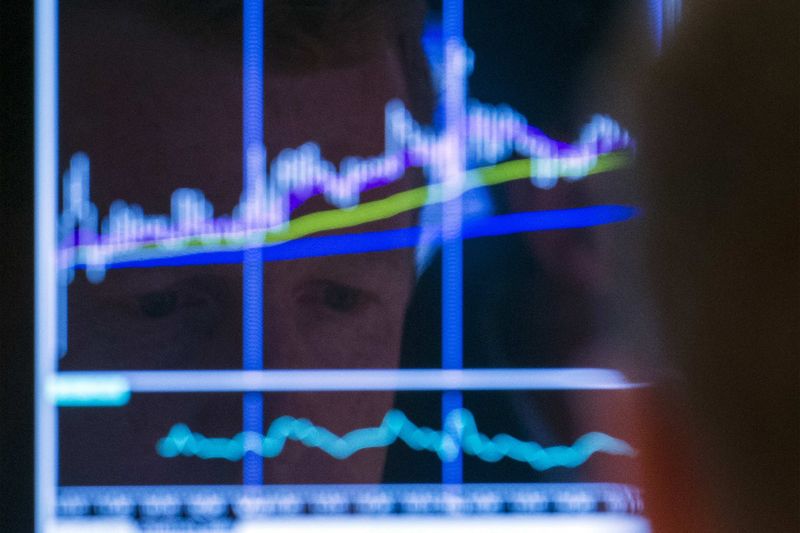Quiver Quantitative - The S&P 500 soared to a record high on Tuesday, buoyed by a surge in Oracle's (NYSE:ORCL) shares and fading concerns about immediate interest rate hikes. Despite the Consumer Price Index (CPI) rising 0.4% in February, signaling persistent inflation, investors seemed optimistic about future rate cuts, propelling U.S. stocks to end sharply higher. Oracle, the software giant, jumped 11.7% after reporting strong quarterly results and teasing a forthcoming joint announcement with Nvidia (NASDAQ:NVDA), a leader in AI chips. Nvidia shares also rose by 7.2%, contributing to the broader semiconductor index's (SOXX)2.1% gain, snapping its recent losing streak.
Investors' confidence stemmed from the belief that the Federal Reserve's rate cuts are a matter of "how much" rather than "when." Oliver Pursche of Wealthspire Advisors highlighted this sentiment, suggesting that the market anticipates a less restrictive environment in the near future. The CME FedWatch Tool indicated a 70% chance of a rate cut starting in June, only slightly altered by the latest inflation report. This optimism was mirrored in the day's trading, with the Dow Jones Industrial Average (DIA) and Nasdaq Composite (QQQ) recording gains alongside the S&P 500 (SPY (NYSE:SPY)).
On the flip side, Boeing (NYSE:BA) faced a 4.3% decline in its shares. The aerospace manufacturer announced intensified compliance checks and additional audits in its 737 factories following quality concerns and a recent incident involving an Alaska Airlines (ALK) 737 MAX 9 jet. The issue also cast doubt on U.S. carriers' capacity expansion plans, contributing to a 14.9% drop in Southwest Airlines' (NYSE:LUV) shares. Despite these challenges in the aviation sector, the broader market sentiment remained positive.
The Wall Street session closed with advancing issues outnumbering decliners, reflecting a bullish outlook among investors. With producer price data expected later in the week, the market's focus will likely shift to further economic indicators. However, the day's trading underscored a prevailing trend: investor resilience in the face of economic uncertainty, driven by confidence in future Federal Reserve policy adjustments.
This article was originally published on Quiver Quantitative
